Geology Reference
In-Depth Information
Box 2.7 How a ternary diagram works
Three variables can be plotted in a two-dimensional graph
if they add up to 100%. Any composition in a three-compo-
nent system can therefore be represented in two dimen-
sions, usually in the form of a
ternary diagram
plotted on
special equilateral-triangle graph paper (Figure 2.7.1a).
The user labels each apex with one of the components, as
shown in Figure 2.7.1b.
Each apex represents 100% of the component with
which it is labelled (the Di corner, for example, represents
a composition consisting of 100% diopside). The side
opposite represents compositions that are devoid of that
component (in this case, a range of Ab-An mixtures).
Lines parallel to this edge are contours representing differ-
ent Di percentages from 0 (on the Ab-An edge) to 100%
(at the Di apex).
To plot a composition such as Di 72%, Ab 19%, An 9%
(note that the three co-ordinates must add up to 100%)
5
,
rule a line horizontally across the diagram at the position
equivalent to 72% Di. Rule another line, parallel to the
Di-An edge, at the position corresponding to 19% Ab (be
sure to count this from the Di-An edge where Ab = 0%).
The intersection with the first line marks the composition
being plotted. Note that only two readings need to be plot-
ted; the third - being the difference from 100 - is not an
independent variable, but it is useful to read it off the
diagram (An = 9%) to check that the point has been plotted
accurately.
As with any plot showing mineral proportions, it is
essential to indicate whether the numbers relate to mass
% or molar proportions.
Di contour (%)
An contour (%)
Ab contour (%)
Di
100
9
10
90
20
30
40
80
72
70
60
50
50
60
40
70
30
80
20
90
10
100
Ab
An
100
90
80
70
60
50
40
30
20
10
19
%Ab
Figure 2.7.1
(a) Example of ternary graph paper with 100 mm sides (may be photocopied as needed). (b) how to plot a
three-component mixture in a ternary diagram.
The outcome of plotting three numbers that add up to
less than
100% is a smaller triangle surrounding the target point, as illustrated
in Gill (2010), Fig. B1, p. 363. In such cases, each value should be multiplied by 100/
Tot
(where
Tot
represents the initial total),
thereby scaling them up to values that do sum to 100%.
5

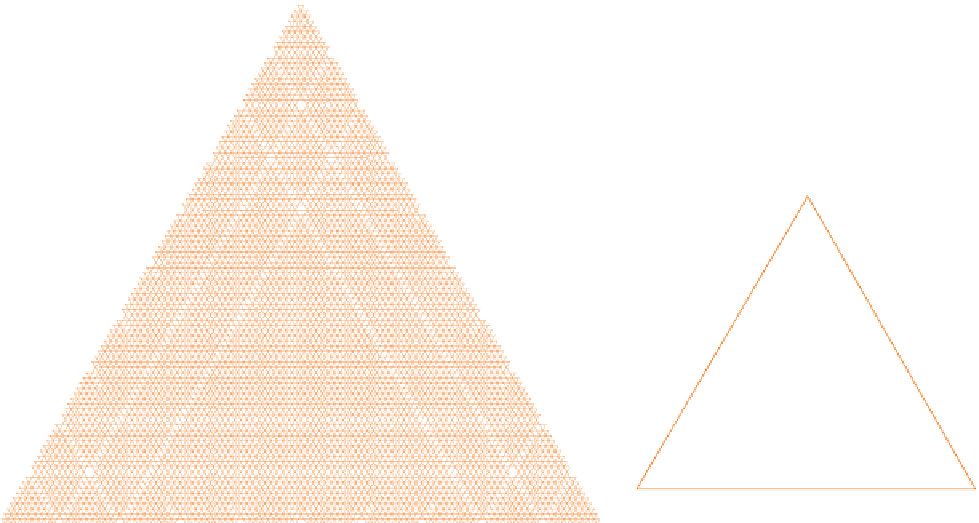





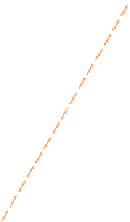



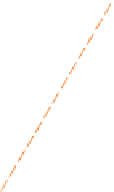



























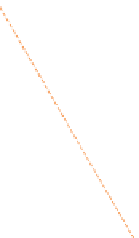

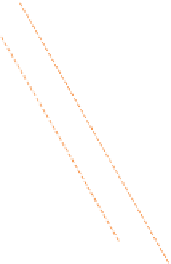













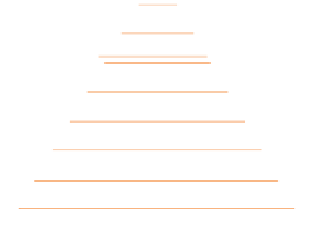











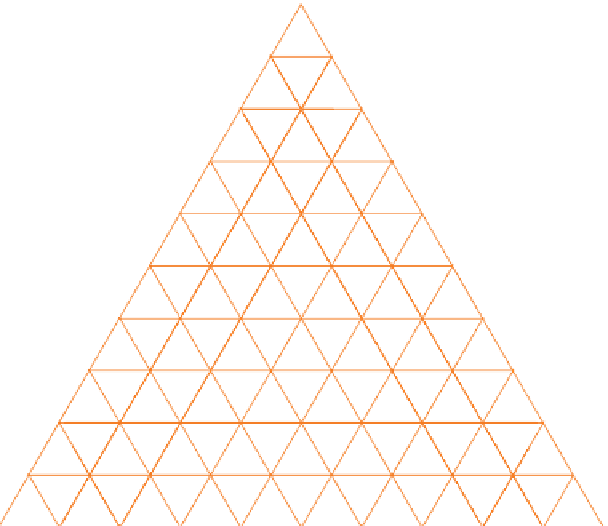



Search WWH ::

Custom Search